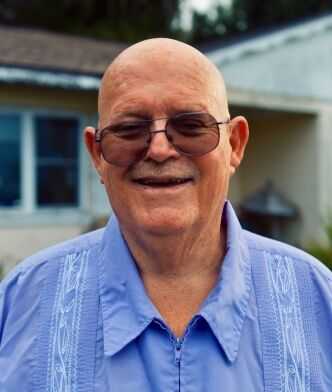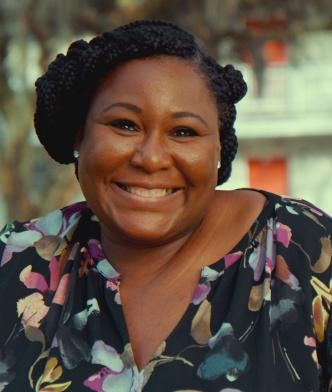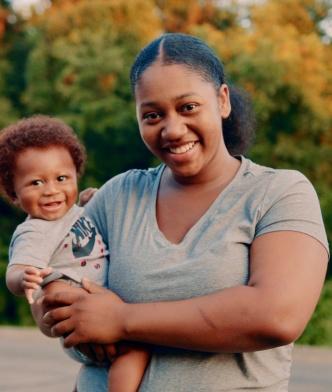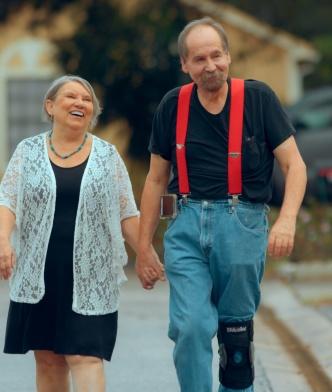Bedsores in Nursing Homes Lawyers
Bedsores in Nursing Homes Lawyers
- The Fee Is Free Unless You Win®.
- America's Largest Injury Law Firm™
- Protecting Families Since 1988
- 20 Billion+ Won
- 1,000+ Lawyers Nationwide
Free Case Evaluation
Porter Ranch Gas Leak
Jacob T. Rodgers v. City of Gainesville D/B/A Gainesville Regional Utilities
Estate of Frank Townsend v. RJ Reynolds, et al.
Morgan Stanley Data Security Litigation
Stephen Davis v. Levon Clark, Ricardo Williams, Marty Grifka and Derek Pak
McAdams v. Monier Lifetile, LLC
Coleman v. Martinez
Gold v. Lumber Liquidators
Clemmons, Patrick
Brink v. Ruiz

The attorneys featured above are licensed in Florida. For a full list of attorneys in your state please visit our attorney page.
Bedsores in Nursing Homes Lawyers
Bedsores are preventable if appropriate care is taken by the nursing home and its staff. Should bedsores develop or worsen, this may indicate negligent and inadequate care on part of the nursing home. Federal and Florida state law mandate that nursing homes provide a level of care that ensures residents’ well-being and safety. When nursing homes fail to provide this level of care, which includes taking steps to prevent bedsores, they may be liable for any resulting damages.
At Morgan & Morgan, our nursing home attorneys have a successful history of holding negligent facilities accountable for their actions. If a loved one has developed bedsores while living in a nursing home, you may be able to file a lawsuit against the facility. To learn how our nursing home attorneys may be able to help, please fill out our no-charge case review form today.
Filing a Bedsore Lawsuit in Florida
When a nursing home resident develops pressure ulcers due to the facility’s negligence, they may have legal recourse to recover compensation.
There are a number of steps that can be taken to strengthen your claim, including:
- Taking pictures of the lesions and noting the date of each;
- Requesting documentation, including performance reports, of staff involved in the care of your loved one;
- Requesting a thorough explanation of steps taken to care for the resident;
- Obtaining copies of any former allegations or claims of negligence against the home; and
- Requesting a list of any citations, warnings, reprimands, or violations the home has had in the past.
Gathering the appropriate documentation may require the assistance of a skilled nursing home lawyer. At Morgan & Morgan, our attorneys have extensive experience handling nursing home neglect cases, and will work with you to determine if your loved one’s bedsores are the result of negligence.
Get answers to commonly asked questions about our legal services and learn how we may assist you with your case.
Bedsores in Nursing Homes FAQs
What Causes Bedsores in Nursing Home Residents?
Bedsores, also known as pressure ulcers or decubitus ulcers, are preventable if proper and preventative care is taken by nursing home staff. When a resident spends an extended amount of time in one position—whether in bed, on a couch, or in a wheelchair—the risk of developing bedsores is significant. To prevent lesions, residents should not remain in a sedentary position for an extended period of time. Residents should be encouraged to move around and shift positions every few hours; however, for many nursing home residents, assistance is required to reposition themselves in their beds and chairs.
Nursing home caregivers should be well-versed in the techniques necessary to prevent bedsores, including:
- Repositioning, relocating, or off-loading;
- Helping residents lie at a 30-degree angle, which reduces pressure on susceptible areas;
- Using pressure-relieving devices such as pillows or foam padding;
- Ensuring dry bedding and clothing;
- Checking on residents daily; and
- Keeping an eye on patients who are at a higher risk of forming the lesions.
A nursing home and/or its employees may be considered negligent if they fail to monitor residents, fail to assist residents in repositioning, or fail to help residents with limited or no mobility. If a resident develops bedsores as a result of this negligence, the nursing home may be liable for any resulting injuries.
Stages of Bedsores
Bedsores are characterized in four stages:
- Stage One: The sores have developed but are not yet open wounds. Though an individual may feel pain, there are typically no breaks or tears in the reddened skin. Additionally, the skin may lose color when pressing a finger to it. A sign of further pressure ulcer development can be warm skin temperature as well as feeling softer or firmer around the affected area.
- Stage Two: The skin around the sores may break open, wear away, or form a painful ulcer. At this stage, the sore deepens into the skin and can look like a scrape, blister, or crater. It is possible for skin at this stage to be damaged beyond repair or die.
- Stage Three: The sore continues to worsen as it extends into the soft tissue underneath the skin, forming a small crater.
- Stage Four: The most severe type of skin ulcer, a pressure sore is very deep, often reaching into muscle and bone, causing irreversible harm. In many instances, an individual may not feel pain because the tissue in an area has been so badly damaged.
Risk Factors for Bedsores
According to some studies, roughly 25 percent of nursing home residents will experience pressure sores at some point. Since nursing home residents have a greater chance of developing bedsores, staff members should take extra caution when caring for these individuals. Employees must be aware of the risk factors which may make residents susceptible to pressure sores:
- Residents over the age of 75;
- Residents who cannot feed themselves;
- Residents who cannot reposition themselves due to restraints or limited mobility;
- Underweight residents;
- Individuals with dry or rough skin;
- Residents who are incontinent or have decreased mental ability;
- Residents with serious medical conditions such as diabetes, cancer and multiple sclerosis;
- Skin dampness from incontinence or sweat;
- Malnutrition;
- Dehydration;
- Friction caused by turns, lifting, or pushing a resident too rapidly;
- Shear resulting from a resident sliding down in a bed or chair or from being positioned incorrectly; and
- Peripheral vascular disease.
If your loved one has developed bedsores while in a nursing home, please fill out our no charge case review form to learn more about how our attorneys may be able to help you.
How it works
It's easy to get started.
The Fee Is Free Unless You Win®.
Results may vary depending on your particular facts and legal circumstances.
Step 1
Submit
your claimWith a free case evaluation, submitting your case is easy with Morgan & Morgan.
Step 2
We take
actionOur dedicated team gets to work investigating your claim.
Step 3
We fight
for youIf we take on the case, our team fights to get you the results you deserve.






